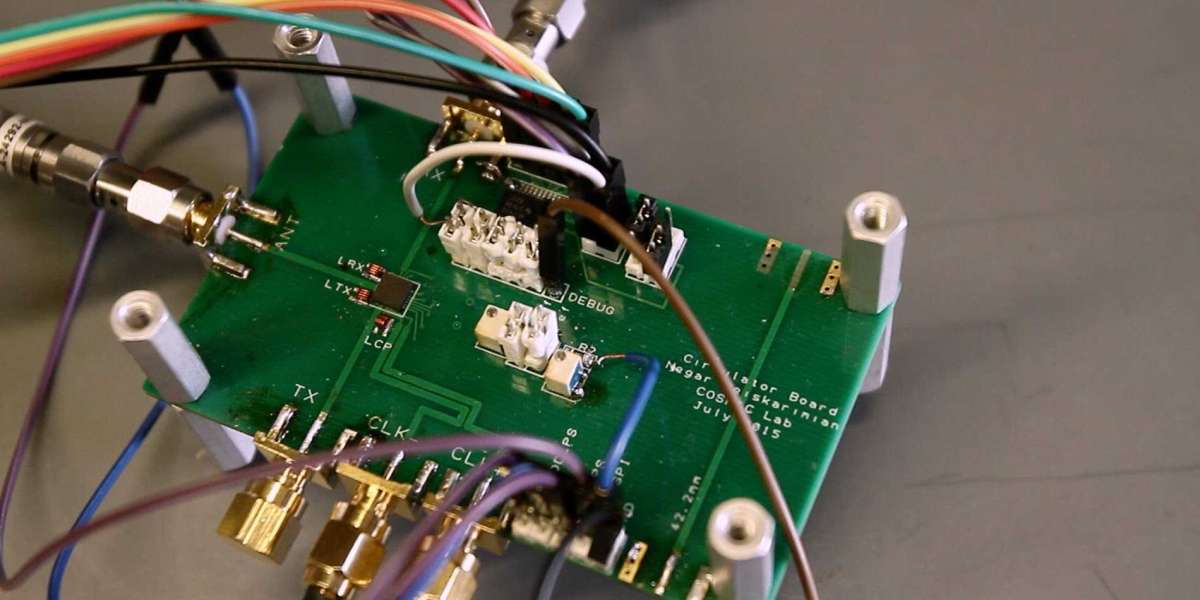RF Isolators
An RF isolator is a one-way device that allows signals to pass through in only one direction while isolating or blocking signals and reflections in the opposite direction. It functions as a type of diode for RF signals, only permitting transmission from port 1 to port 2 but not vice versa. This unidirectional behavior makes isolators useful for preventing interference or oscillations caused by unwanted signal reflections.
Some key specifications and features of RF isolators include:
- Isolation: The amount of signal blocked by the isolator in the reverse direction, typically expressed in dB. Good isolators provide 20-40+ dB of isolation.
- Insertion Loss: The amount a signal is attenuated passing through the isolator in the forward direction. Low loss isolators have under 1 dB insertion loss.
- Power Handling: The maximum continuous and peak power an isolator can withstand before non-linear effects or damage occur. Common power ratings range from 1-1000+ W.
- Frequency Range: The range of frequencies over which the isolator maintains its specified performance, usually several hundred MHz or GHz depending on the design.
- Construction: Most RF isolators use ferrite materials with a permanent magnetic bias to provide the necessary non-reciprocity. Compact surface mount and bulkhead mount styles are available.
Common applications of RF Isolators and Circulators include protecting transmission sources from interference or load variations, separating transmit and receive paths in radar and communication systems, and preventing unwanted reflections in oscillator circuits. Their one-way behavior makes them well-suited for applications where isolation is critical.
RF Circulators
An RF circulator is similar to an isolator but allows transmission between its ports in only one rotational direction. It has three or more ports numbered counterclockwise where a signal entering port 1 exits from port 2, entering port 2 exits from port 3, and so on in a circulated fashion around the ports. No transmission is possible in the opposite direction between any two ports.
Some key points about RF circulators:
- Isolation: Specified between adjacent ports in the reverse rotational direction, usually 20-30+ dB.
- Insertion Loss: Low loss designs provide under 1 dB loss around the device ports.
- Port Isolation: Specified between opposing ports across the device, ideally approaching the direct port isolation level.
- Unused Port: The port not currently in use is ideally isolated from both adjacent ports by 20+ dB.
- Construction: Nearly all RF circulators use ferrite elements to provide the non-reciprocal effect through interaction with a permanent or applied magnetic field.
Common circulator applications include anti-interference or duplexing in radar, separating transmit and receive antennas, combining or splitting signals in phased array antennas, and isolating multiple test ports in automatic test equipment. Their rotational propagating nature allows signals to be directed or separated in a controlled manner.
Comparing RF Isolators and Circulators
While isolators and circulators have similar non-reciprocal RF behaviors, there are important functional differences:
- Directivity: Isolators allow one-way transmission directly between two ports, while circulators transmit in a rotated sequence between three or more numbered ports.
- Port Numbering: Isolators have two ports, while circulators must have a minimum of three ports to properly define the rotational pathway.
- Applications: Isolators are commonly used for broadband signal isolation, while circulators find roles in multi-port applications like antenna arrays, radar duplexing, and automatic test equipment.
- Loss Mechanisms: Insertion losses in isolators arise from forward transmission, while circulator losses include transit between adjacent ports as well as isolation between opposing ports across the device.
Get more insights on RF Isolators And Circulators








